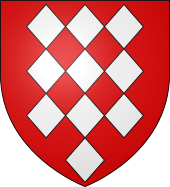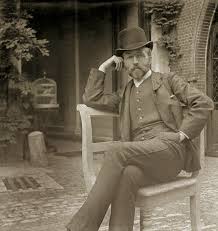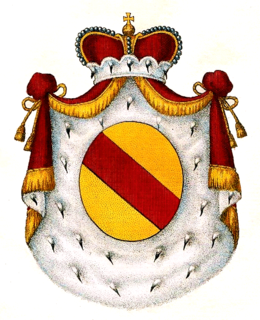
Prince of Ligne is a title of Belgian nobility that belongs to the House of Ligne, which goes back to the eleventh century. It owes its name to the village in which it originated, between Ath and Tournai. The lords of Ligne belonged to the entourage of the Count of Hainaut at the time of the Crusades.
René III of Renesse, Viscount of Montenaecken, Baron of Gaesbeeck, Lord of Elderen was a Dutch nobleman, who became the 1st Count of Warfusée in 1609. He acquired Gaasbeek Castle in 1615.

Antoine II of Lalaing (1533–1568), 3rd count of Hoogstraten, was a patron and nobleman of the Southern Netherlands. He was the son of the second count Philip de Lalaing and his wife Anna of Rennenberg.
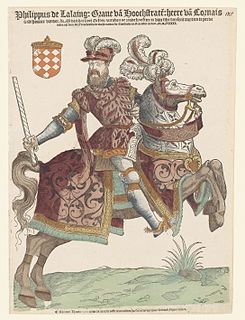
Philip de Lalaing, 2nd count of Hoogstraten was stadtholder of Jülich (1543) and Guelders.
The House of Bethune is a French noble house from the province of Artois in the north of France whose proven filiation dates back to Guillaume de Béthune who made his will in 1213. This family became extinct in 1807 with Maximilien-Alexandre de Béthune, duke of Sully.

The Ficquelmont family is a noble family from Lorraine dating back to the 14th century whose filiation is established with Henry de Ficquelmont, knight, dead before 1386.
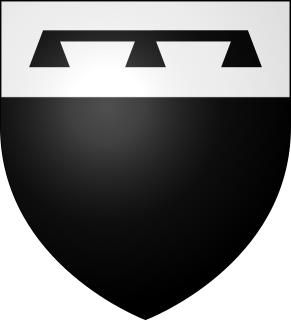
Vilain and Vilain XIIII is a Belgian noble family. Their coat of arms is basically "sable, au chef d'argent", a colour scheme that is present from the earliest Vilains in the 15th century, and is also seen in the Vilain XIIII arms, which have the "XIIII" added to it.
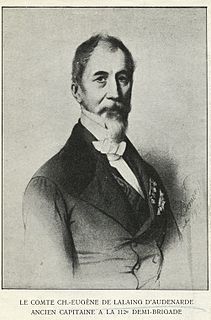
Charles Eugène de Lalaing d'Audenarde was an officer in the French army during the French Revolutionary Wars and the Napoleonic Wars.

De Lannoy is the name of a noble family that takes its name from the French town of Lannoy, Nord. The name comes from l'Annoy which means «the alderwood» in Picard French of Flanders.
The House of van der Noot is a Belgian Noble family.
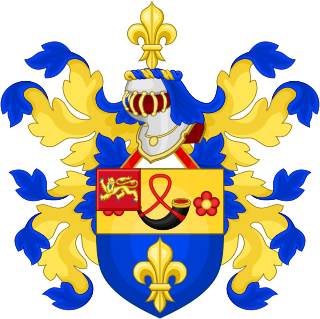
The Rubens family is a Flemish noble family that lived in Antwerp.

Spoelberch is an old Belgian noble house, they are titled Viscount de Spoelberch. The family still exists today and are legally recognised as being part of the nobility of the kingdom.
Charles Emmanuel Joseph, 1st Prince de Gavre, 4th Marquess of Ayseaux, Count of the Empire was the first Prince de Gavre, created by Emperor Charles VI in 1736. He was the son of Rasse II François of Gavre, 3rd Marquess of Ayseau, and Marie Catherine de Brias.
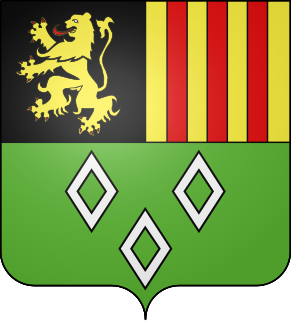
Glymes was a noble house of Belgium, of descendants of a bastard branch of the Dukes of Brabant. Glymes or Glimes is a municipality of Incourt. Their descendants of the branch of Grimberghen are styled as the Prince de Grimberghen.
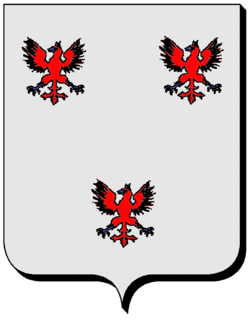
Brimeu is a noble family, some members belonging to the Flemish aristocracy. Brimeux, previously in Flanders, is now in France.

Hénin is an important major Belgian noble family, an important branch was titled Prince of Chimay. Family connections were made with important Spanish noble families, amongst them the house of Borja and the house of Velasco.
Philip de Lalaing (1499–1550), also known as "the bastard of Lalaing", was an illegitimate son of Antoine I de Lalaing and Ysabeau d'Haubourdin. He was legitimised in March 1524, and served Margaret of Austria as master of the household, knight of honour, and adviser. In 1529 Margaret sent him to France as an ambassador extraordinary on behalf of Charles V, Holy Roman Emperor.

Snoy or Snoy d'Oppuers currently Snoy et d'Oppuers, is a Belgian noble family. The current descendants are titled Barons Snoy and of Oppuers.

Charles de Lalaing, 6th Count of Hoogstraeten was an important Flemish noble Lord.
Viscount of Audenaerde was a Flemish feudal title. It was associated successively with two families.
